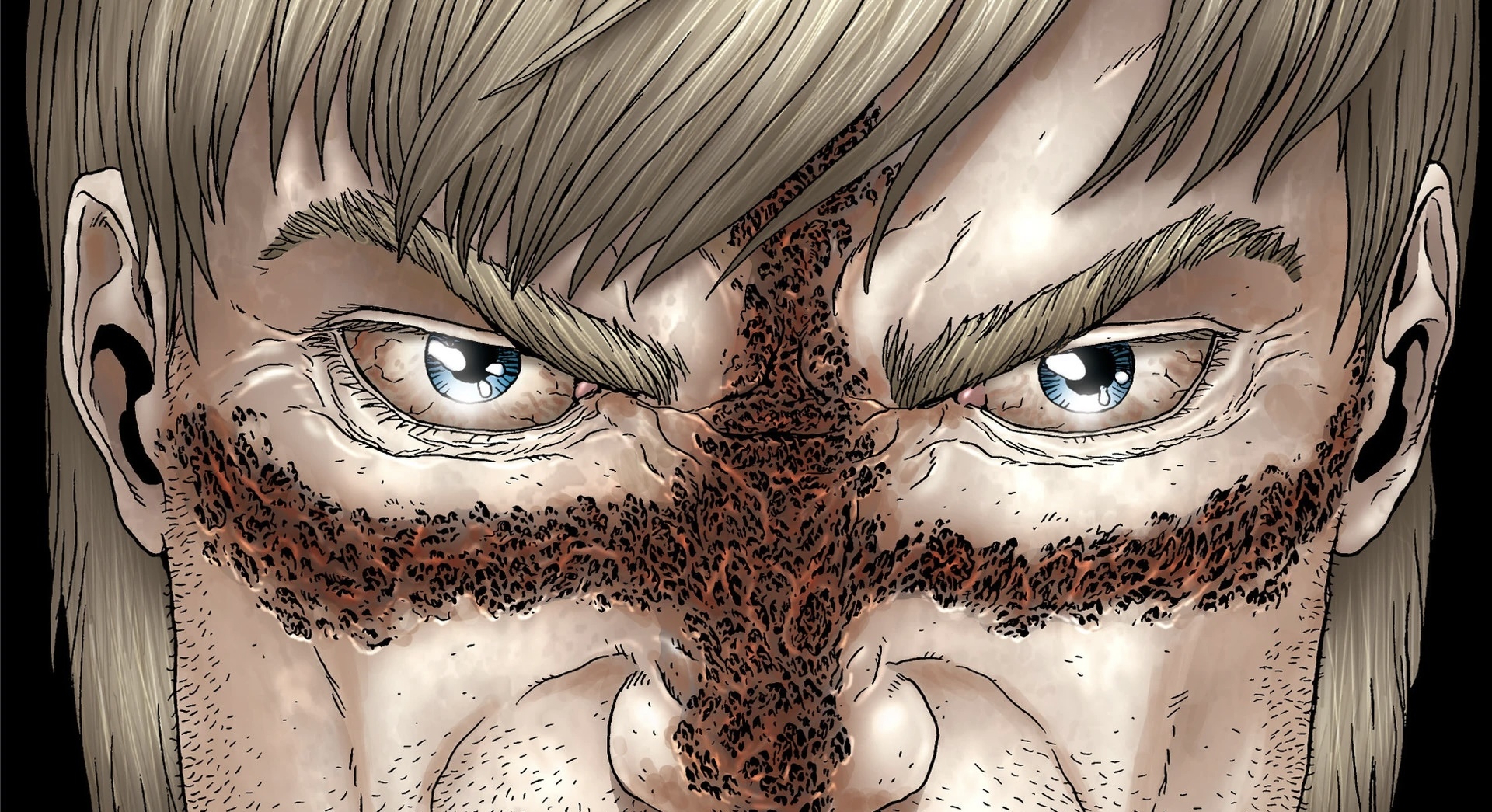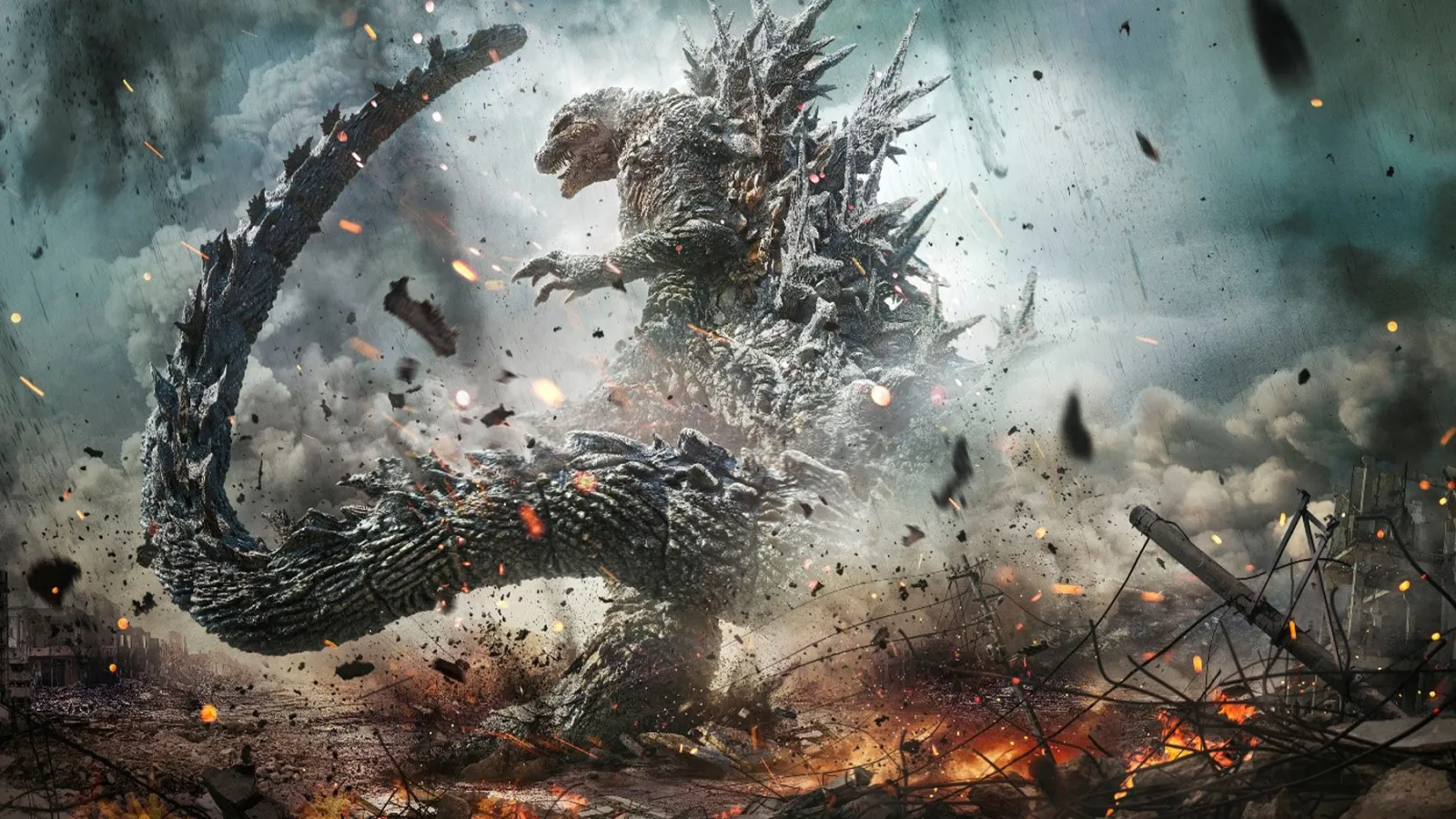In the realm of fantasy films, where magical worlds and captivating narratives collide, Jim Henson’s Labyrinth stands as a beacon of imaginative brilliance. Released in 1986, this cinematic gem seamlessly weaves together puppetry, practical effects, and a mesmerizing narrative to create an enduring masterpiece that has left an indelible mark on the fantasy genre. As we embark on a retrospective journey, it becomes evident why Labyrinth is not merely a movie; it’s a portal to a realm of enchantment that continues to captivate audiences across generations.
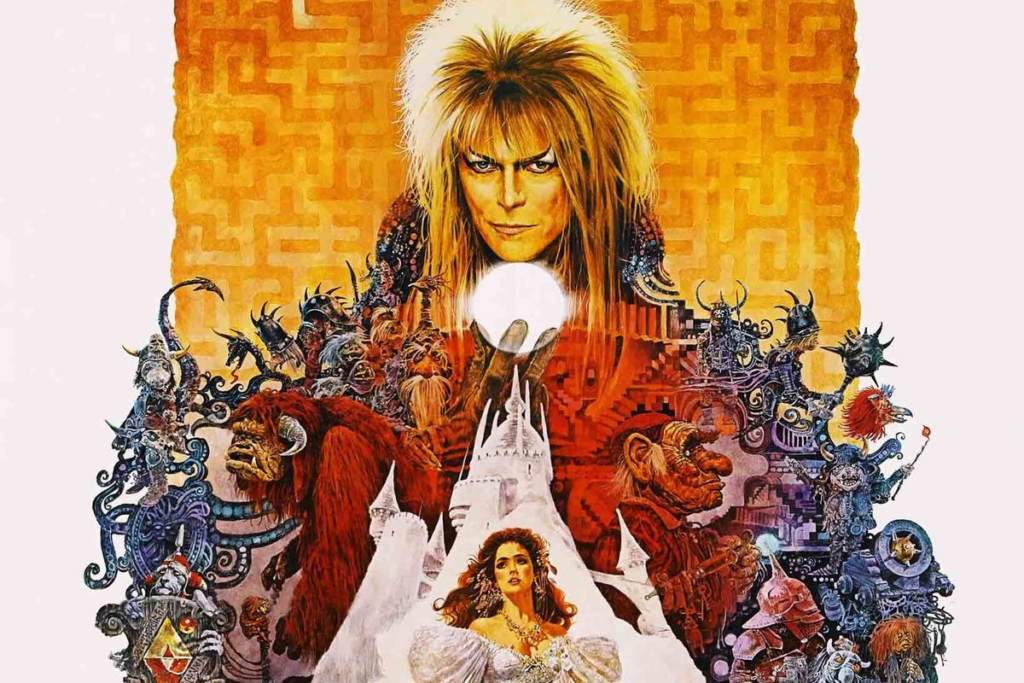
At the heart of Labyrinth is a young Jennifer Connelly as Sarah Williams, whose ordinary world takes an extraordinary turn when she wishes her baby brother away and must navigate a labyrinth to rescue him from the clutches of the Goblin King, played with charismatic malevolence by the legendary David Bowie. From the outset, the film subverts traditional fairy tale tropes, setting the stage for a narrative that is as much about self-discovery as it is about the fantastical journey.
One of the film’s standout features is its masterful use of practical effects and puppetry, a testament to Jim Henson’s unparalleled creativity. The Goblin King’s labyrinth itself is a labyrinth of artistry, populated by a myriad of fantastical creatures, each brought to life by the hands of skilled puppeteers. Hoggle, Ludo, and Sir Didymus are not mere characters; they are tangible embodiments of Henson’s commitment to pushing the boundaries of what was possible in filmmaking at the time.
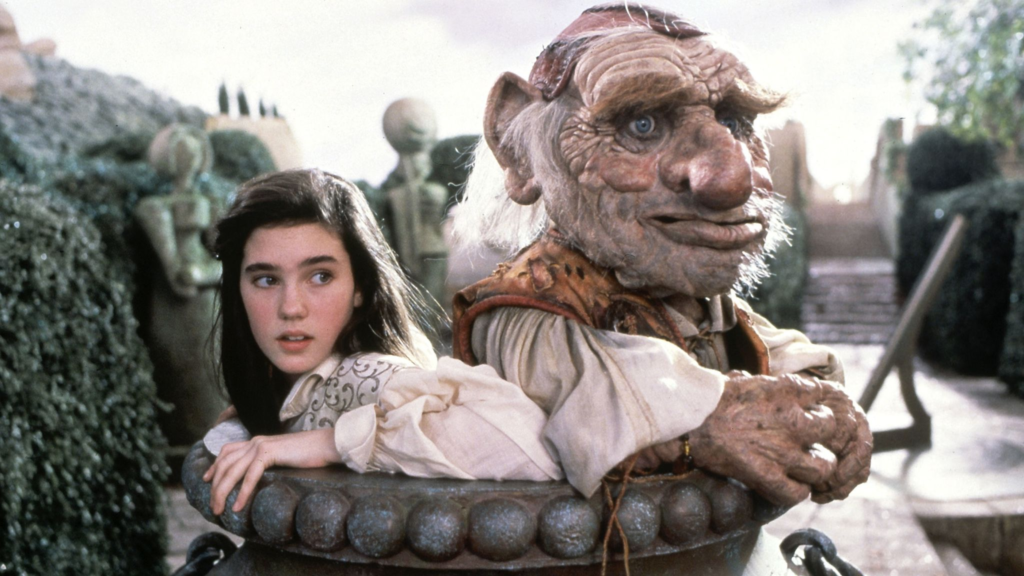
The film’s visual aesthetics are a symphony of color and design. The labyrinth is a living, breathing entity, its twisting passages and magical landscapes a testament to the artistry of the Henson team. From the iconic Escher-inspired stairs to the whimsical yet treacherous Bog of Eternal Stench, every frame is a canvas that immerses the audience in a world where the boundaries of reality and fantasy blur.
Central to the film’s charm is David Bowie’s iconic portrayal of Jareth, the Goblin King. Bowie brings a charismatic complexity to the character, infusing Jareth with equal parts allure and menace. His musical contributions, including the hauntingly beautiful “As the World Falls Down” and the energetic “Magic Dance,” elevate the film to a musical fantasy experience. Bowie’s presence is a magnetic force that adds an extra layer of intrigue to the labyrinthine narrative.

Labyrinth is not merely a tale of fantasy; it’s a narrative rich with metaphor and symbolism. At its core, the labyrinth becomes a metaphor for the journey of adolescence. Sarah’s quest to rescue her brother mirrors the universal theme of growing up, navigating the challenges of self-discovery, and confronting the responsibilities that come with maturity. The film resonates on a deeper level as it explores the labyrinth of one’s own identity and the choices made on the path to adulthood.
Jennifer Connelly’s performance as Sarah is a revelation. The character undergoes a transformative arc, evolving from a petulant teenager into a determined, compassionate heroine. Sarah’s journey is more than a quest to rescue her brother; it’s a voyage of self-realization where she learns the importance of responsibility, empathy, and the power of imagination.

The film’s enduring appeal is also rooted in its timeless themes. Friendship, loyalty, and the triumph of the human spirit are universal motifs that resonate across cultures and generations. The camaraderie between Sarah and her fantastical companions transcends the screen, reminding us of the strength found in diverse alliances and the value of forging connections in the face of adversity.
Beyond its narrative and visual splendor, Labyrinth is a celebration of creativity and the magic of storytelling. Jim Henson’s vision brought together a team of puppeteers, artists, and craftsmen whose collective talents birthed a world that continues to inspire awe. In an era dominated by CGI, Labyrinth serves as a reminder of the tangible magic that can be achieved through practical effects and imaginative craftsmanship.
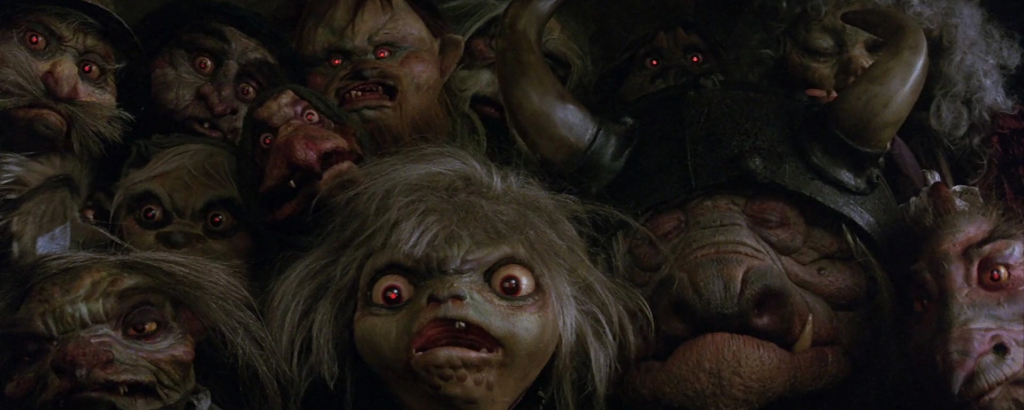
The film’s soundtrack, composed by Trevor Jones and featuring Bowie’s enchanting vocals, is a character in its own right. The music not only complements the narrative but elevates it to new heights. The haunting melodies and anthemic tunes create an emotional resonance that lingers long after the credits roll, contributing to the film’s enduring legacy.
Labyrinth is a triumph of storytelling that defies the constraints of time. Its influence echoes in subsequent fantasy films, from the heartfelt camaraderie of “The Fellowship of the Ring” to the whimsical worlds of “Pan’s Labyrinth.” The film’s impact extends to popular culture, with references and homages paying tribute to its enduring charm.
As we traverse the labyrinth of fantasy cinema, Jim Henson’s creation remains a guiding light. Its ability to transport audiences into a world where the extraordinary becomes ordinary, and the impossible is merely a step away, is a testament to the enduring power of cinematic enchantment. Labyrinth isn’t just one of the greatest fantasy movies ever; it’s a timeless testament to the magic of storytelling that continues to invite audiences to dance, magic dance, within the labyrinth of their own imaginations.



